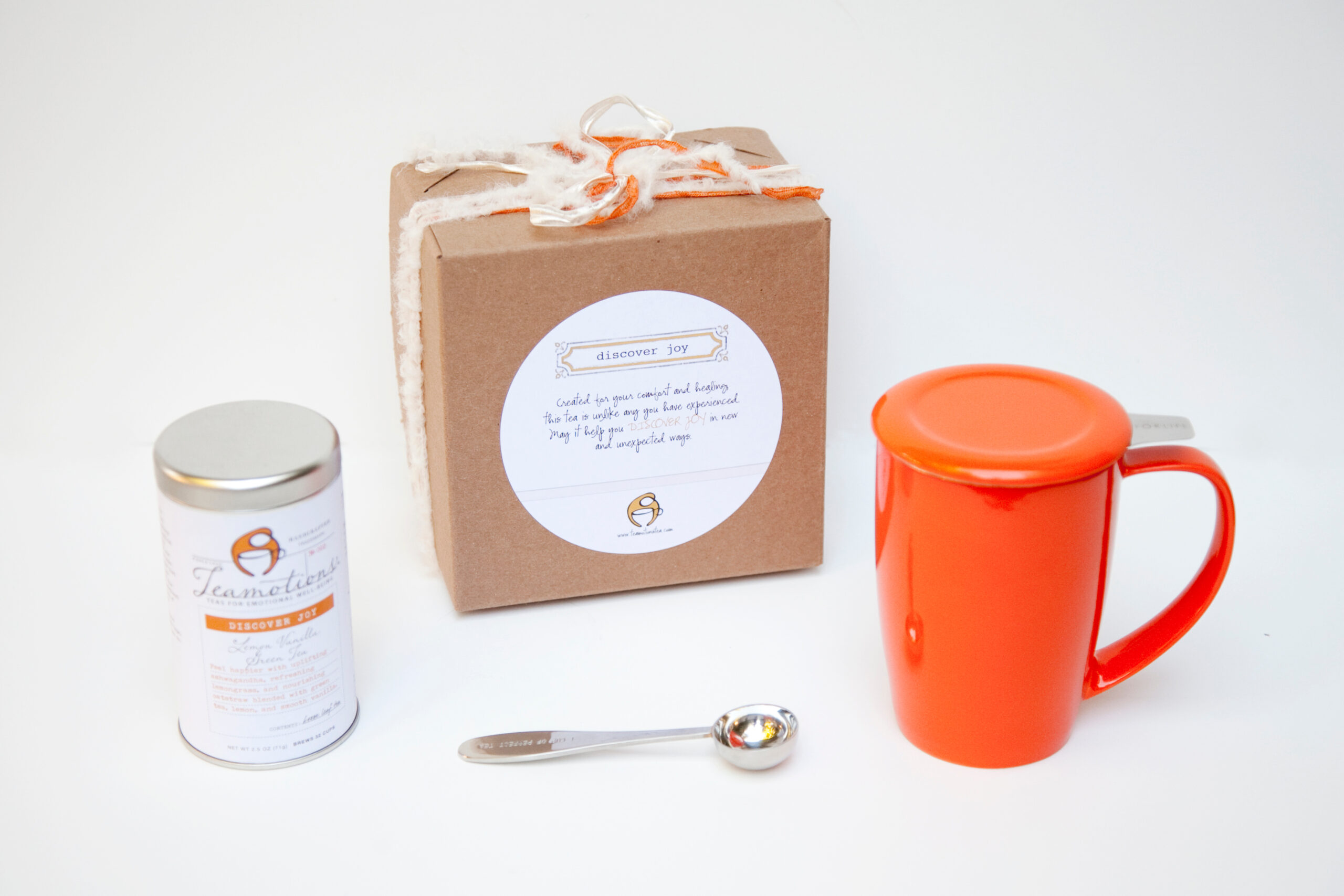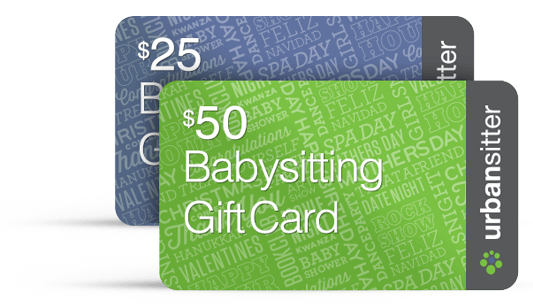How to give your loved one the goodbye they deserve while keeping costs down
By: Angela Serratore
When my father died a few years ago, I knew I wanted to keep costs down–for one thing, the estate hadn’t been settled, and I didn’t want to commit to an expensive funeral and then regret it when bills came due. For another, my father was a lifelong bargain hunter, and as I looked at what a full funeral with all the trimmings would cost, I could hear his voice in the back of my head: “you’re going to spend HOW much on an urn?" I imagined him asking, incredulous.
I wasn’t alone in worrying about money when I was in the immediate stages of grief–as funeral costs in America rise, families are now spending upwards of $10,000 for even fairly basic funerals.
Saving money on a funeral can be a challenge–you want to give your loved one the send-off they deserve, and it can feel hard to pinch pennies. But that doesn’t mean you have to mortgage the house, either–there are things you can do during the funeral planning process to ease the burden on your bank account.
Know your rights: The Federal Trade Commission requires all funeral homes to keep an updated master price list on file and make it available to consumers upon request. Plenty of funeral homes make their master price list available online, too. Examine the list closely, and don’t feel bad about shopping around! While you might not end up going with the least expensive option, it’s worth getting a sense of what different funeral homes charge for similar services.
Bring your own supplies: One thing the FTC makes very clear is that funeral homes aren’t allowed to charge you extra for using a casket or urn you’ve purchased somewhere else. As long as it meets the requirements of your cemetery, you’re allowed to use it! Considering the markup on caskets, this is a great place to save money. Costco, for example, sells caskets at a fraction of the cost of funeral home prices. If you’re opting for cremation, your options are even broader–any container that will hold cremains safely works.
Opt for direct burial or cremation: In addition to being the best options for the environment, direct burial and cremation are also significantly less expensive than funerals and burial ceremonies that involve embalming a body. Note: a direct burial is different from opting for a simple burial. A direct burial means the funeral director does the burial without the family present.
Don’t be afraid to customize: You may find, in working with a funeral home, that you don’t actually need all the bells and whistles they offer. One place it often makes sense to think about saving is the viewing–many funeral homes suggest four hours’ worth, while it might make sense to have only two.
Staying close to home: Rather than an expensive post-funeral event at a restaurant or event space, consider having a gathering at home. You’ll save on food and drink costs, especially if you ask guests to bring a dish or bottle of wine to share. If you feel bad asking, remember–people want to help, and in many cases will be grateful to you for including them.
Paying for flowers–don’t do it: From experience, I can say that even if you don’t have any funeral at all, or expressly tell people not to send flowers, or text everyone you know a link to your loved one’s favorite charity, it’s a fact that some people will not be able to stop themselves from sending flowers or plants. Take advantage of this! If someone wants to send flowers, incorporate them into the funeral decor and then bring them along to the cemetery. There’s no reason for you to spend money on something so many other people will want to give you.
Sign up on Lantern to create a checklist and get more actionable information on planning a funeral.
Helpful Products
Give InKind does not provide medical advice, diagnosis, or treatment. We have an affiliate relationship with many of the advertisers on our site, and may receive a commission from any products purchased from links in this article. See Terms & Conditions.








